The scars that adorn our bodies tell a story. Some reveal tales of courage and adventure. Others remind us of our most foolish decisions. Your Mohs surgery scar may be a mark of survival, but that doesn’t mean you want it to be seen. Luckily, there are a variety of resources that can assist you in treating your Mohs surgery scar.
But first, let’s get acquainted with what Mohs surgery is.
What Is Mohs Surgery?
Mohs surgery is considered the most effective surgical technique for treating basal cell carcinoma (BCC) and squamous cell carcinoma (SCC)— two of the most common types of skin cancer— with a 99% cure rate. Essentially the process involves removing the tumor in layers, allowing the removal of all the cancerous tissue, while sparing most of the surrounding healthy tissue.
Let's a take a closer look at what happens during Mohs surgery:
| Step 1: Exam & Prep | Your surgeon will help position you for the operation, then mark the site with a pen. They will then inject you with local anesthesia to numb the area. (You will remain awake through the whole thing) |
| Step 2: Top Layer Removal | Using a scalpel, the surgeon will carefully remove all of the visible, surface level cancerous tissue. |
| Step 3: Analysis | After removing the top layer, your surgeon will examine it under a microscope to determine where cancerous "roots" are that exist in the next layer of skin. |
| Step 4: Layer By Layer | With this information, the surgeon will return and remove only the cancerous tissue on the newly revealed layer. They will repeat steps 2 & 3, layer by layer, until all of the cancerous tissue has been removed. |
| Step 5: Wound Care | Depending on the size and depth of your surgery site, healing methods can vary. Your doctor may simply leave the wound open to heal naturally, close it up with stitches, or decide to reconstruct the area with a skin flap or skin graft. |
Learn More: Different Methods For Healing Mohs Scars
How Long Does Mohs Surgery Take?
Mohs surgery can take quite a while, but the process will vary from patient to patient. This is based on a number of factors, including how many cancerous spots are being treated, their location, and the severity of the cancer.
Expect the procedure to last several hours— at least 2, but typically no more than 4. Rarely does Mohs surgery take all day. (Your doctor may still recommend that you take the entirety of the day off from work anyway, just in case.)
Mohs Surgery Prep Tips
Here's a few tips on how to be ready for Mohs surgery.
- Shower the night before, making sure the surgery site is clean
- Avoid any makeup, lotions, perfumes, etc. on the scar site
- Eat a healthy breakfast
- Bring something for the downtime between sessions (a book, phone charger, snacks, etc.)
- Wear comfy clothes
- Have a scar healing plan in place
What Is Mohs Recovery Time Like?
As far as surgeries go, recovery for Mohs is fairly easy. The surgery is an outpatient procedure, which can shorten the patient’s recovery time significantly depending on the area that was treated. Typically, most patients are back to their day-to-day life within 24 to 48 hours. The wound itself, meanwhile, will likely take about 4-6 weeks to heal.
Does Mohs Cause Scarring?
Once the cancerous cells have been surgically removed, many patients find themselves with scarring of some kind, whether it’s minimal or severe. Following proper wound care tips during the healing process is crucial in minimizing your risk of post-procedure scarring.
How To Take Care of Your Mohs Wound
- Cover the wound with a dressing to keep it dry and prevent infection or blood clots
- Properly clean your wound according to the instructions given by your surgeon
- Use icepacks to reduce swelling and redness
- Avoid sun exposure
- Follow your doctor’s orders during your entire recovery
- Use silicone scar products to minimize your Mohs scar
When To Start Scar Treatment After Surgery
A lot of people wonder what their scars will look like after Mohs surgery. As you can probably guess, this depends on the type of wound care they require after the procedure. Sometimes it is a small circle or thin line where stitches were used to close up the surrounding, skin graft, or left open to heal.
Regardless of whichever Mohs surgery closure you need, silicone scar products will help minimize the appearance of the wound site tremendously. As with any other type of surgery scars, Mohs scar treatment can begin once the wound has fully closed.
Finding Scar Treatment For Mohs Surgery
Many surgeons find silicone scar products— like our scar gel & scar sheeting— to be the effective form of scar management. In essence, silicone helps the wound site retain moisture, by creating an occlusive barrier to prevent transepidermal water loss.This keeps the layers of your skin from over-producing the excess collagen responsible to raised & textured scars.
Our scar management system typically consists of using our Rejuvasil silicone scar gel during the day, and our Scar Fx silicone sheeting at night, for 'round the clock care.
The Bottom Line
The most important points you need to remember during your Mohs scar healing process are to be proactive and follow your doctor’s orders. If you take these steps, you are on the right path to effective long-term scar management.
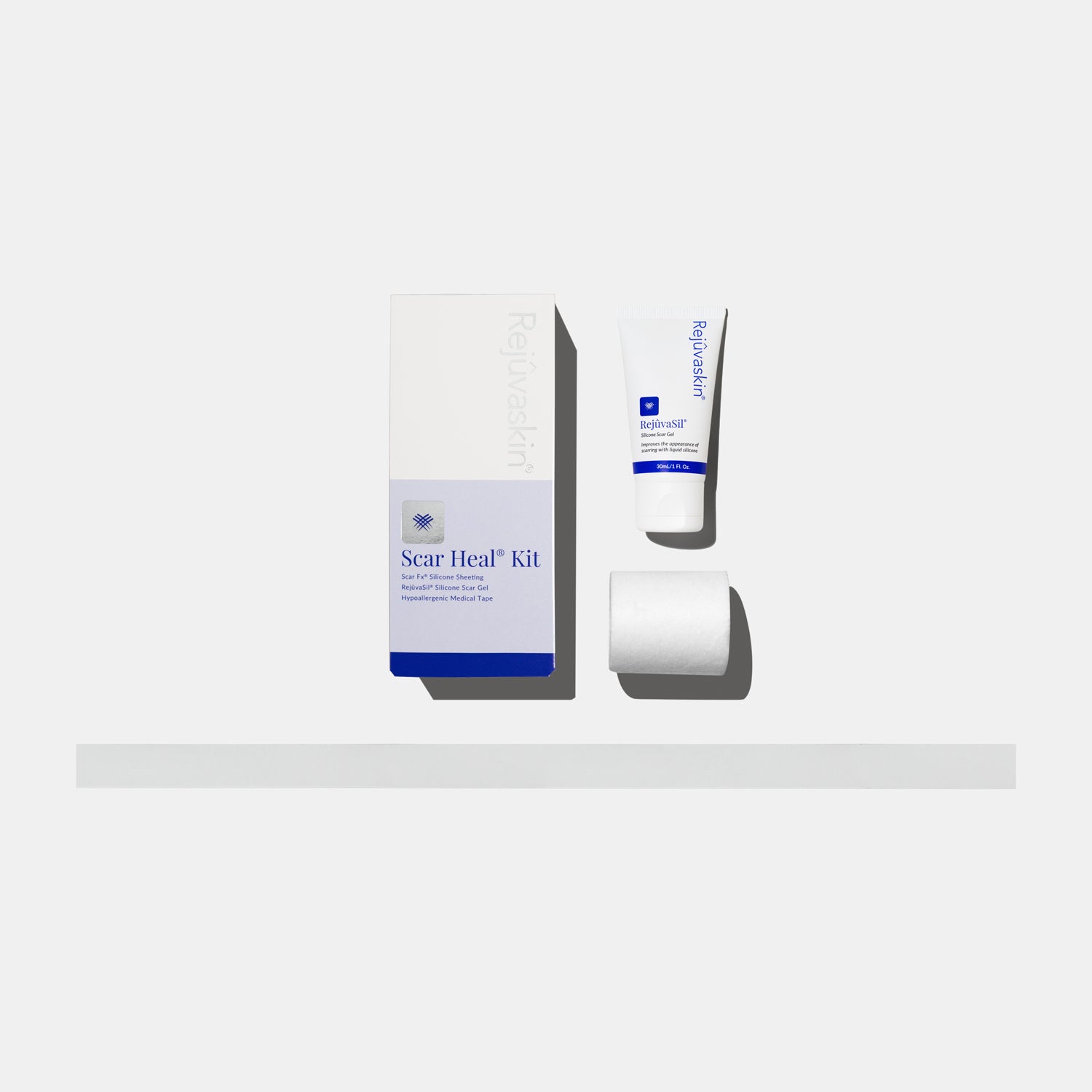


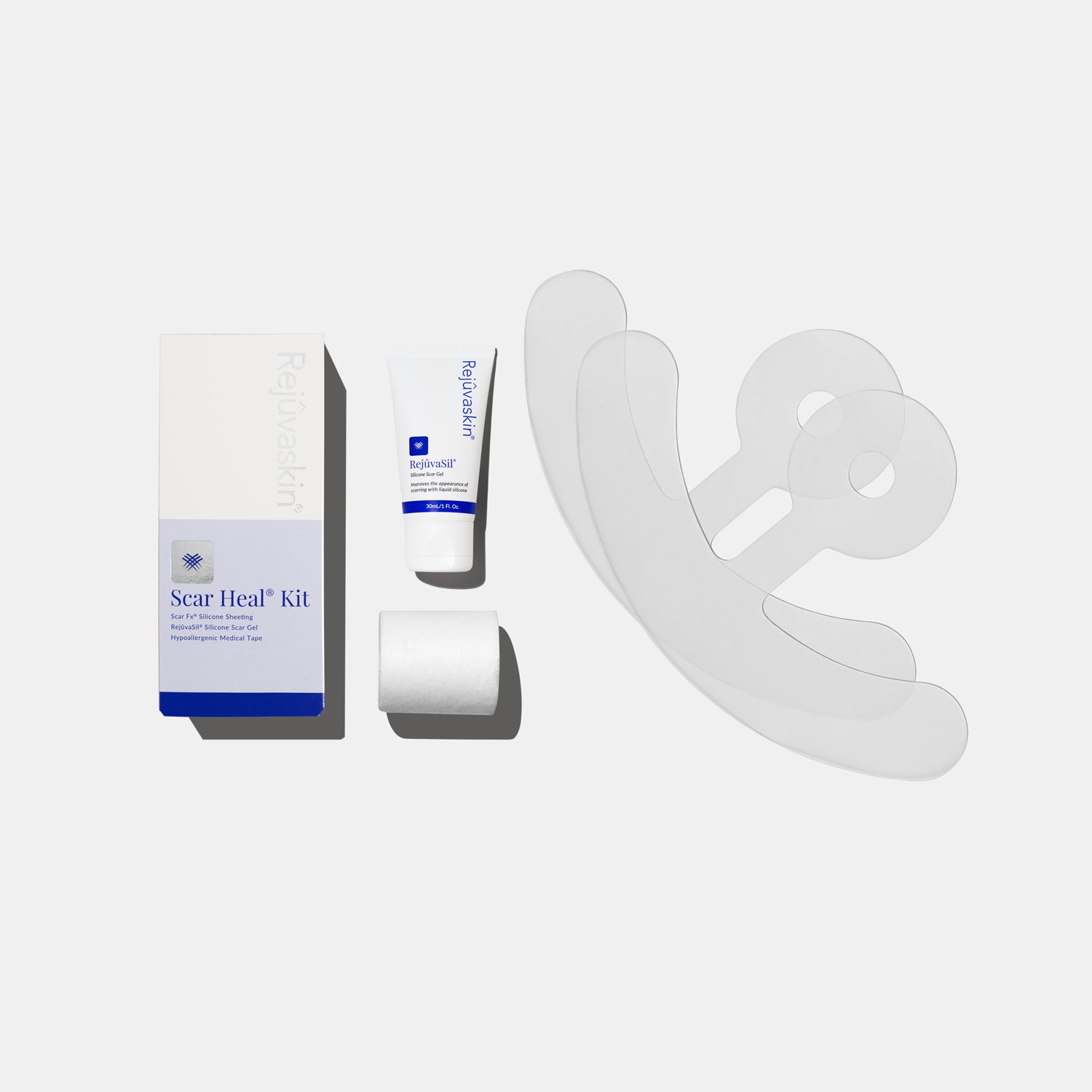
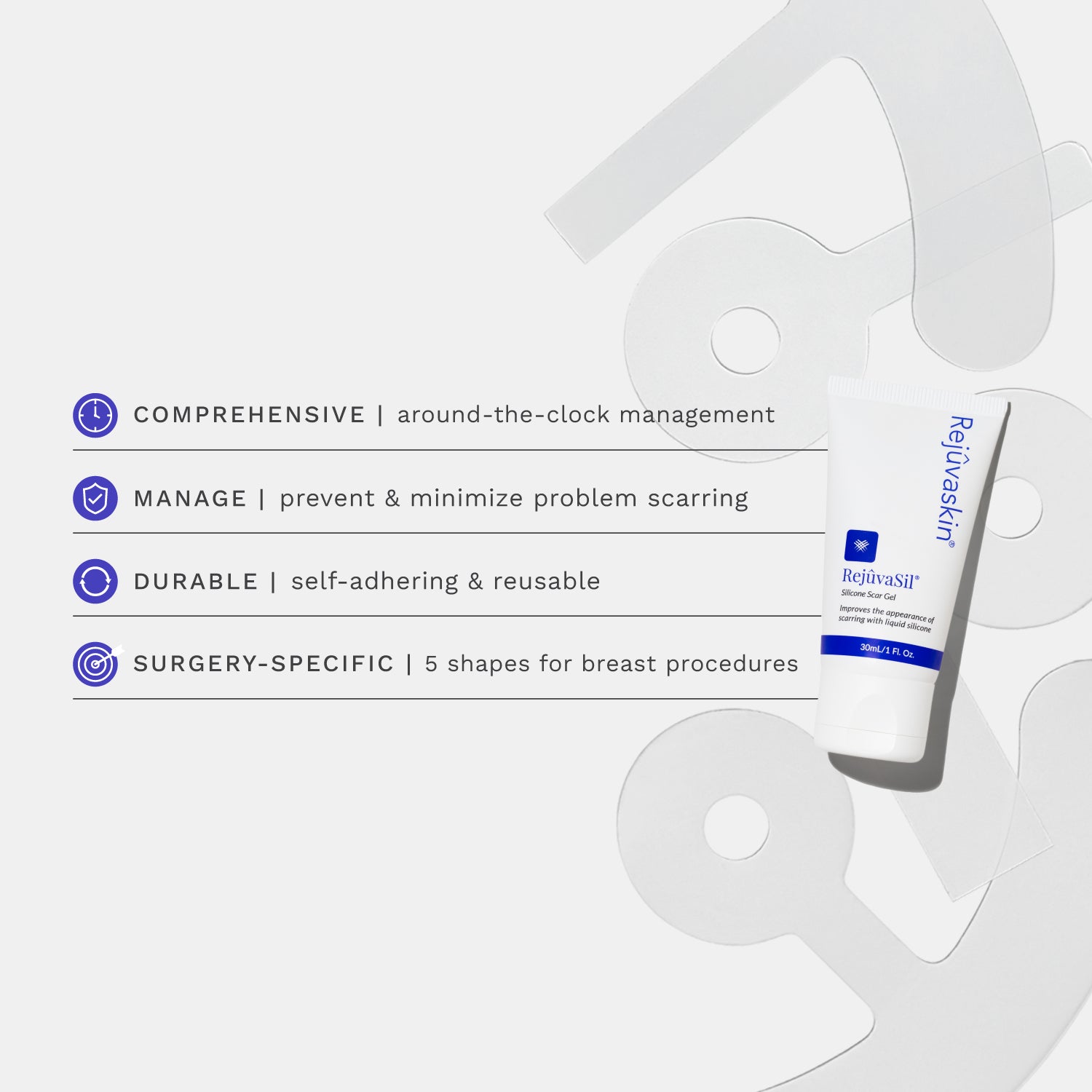
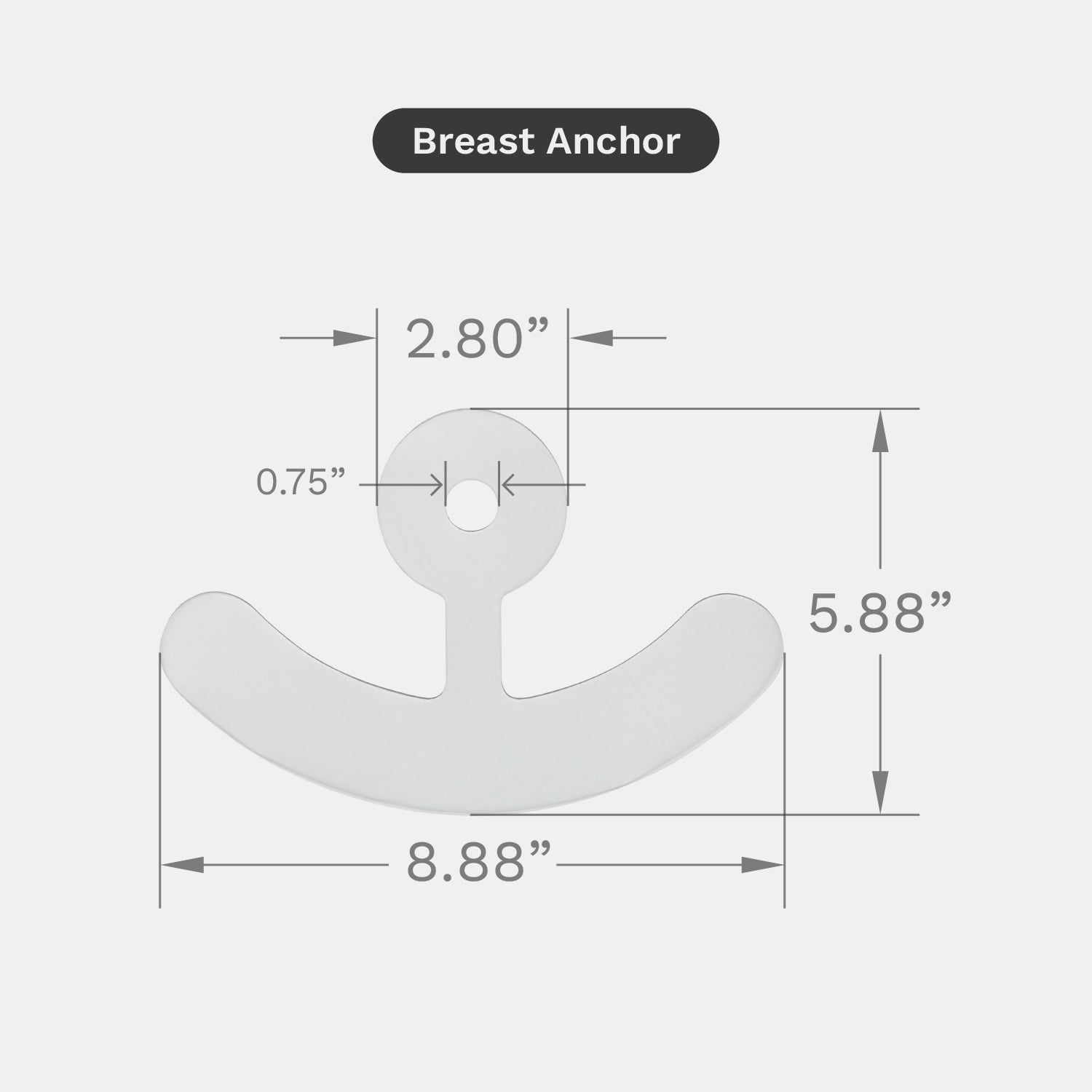
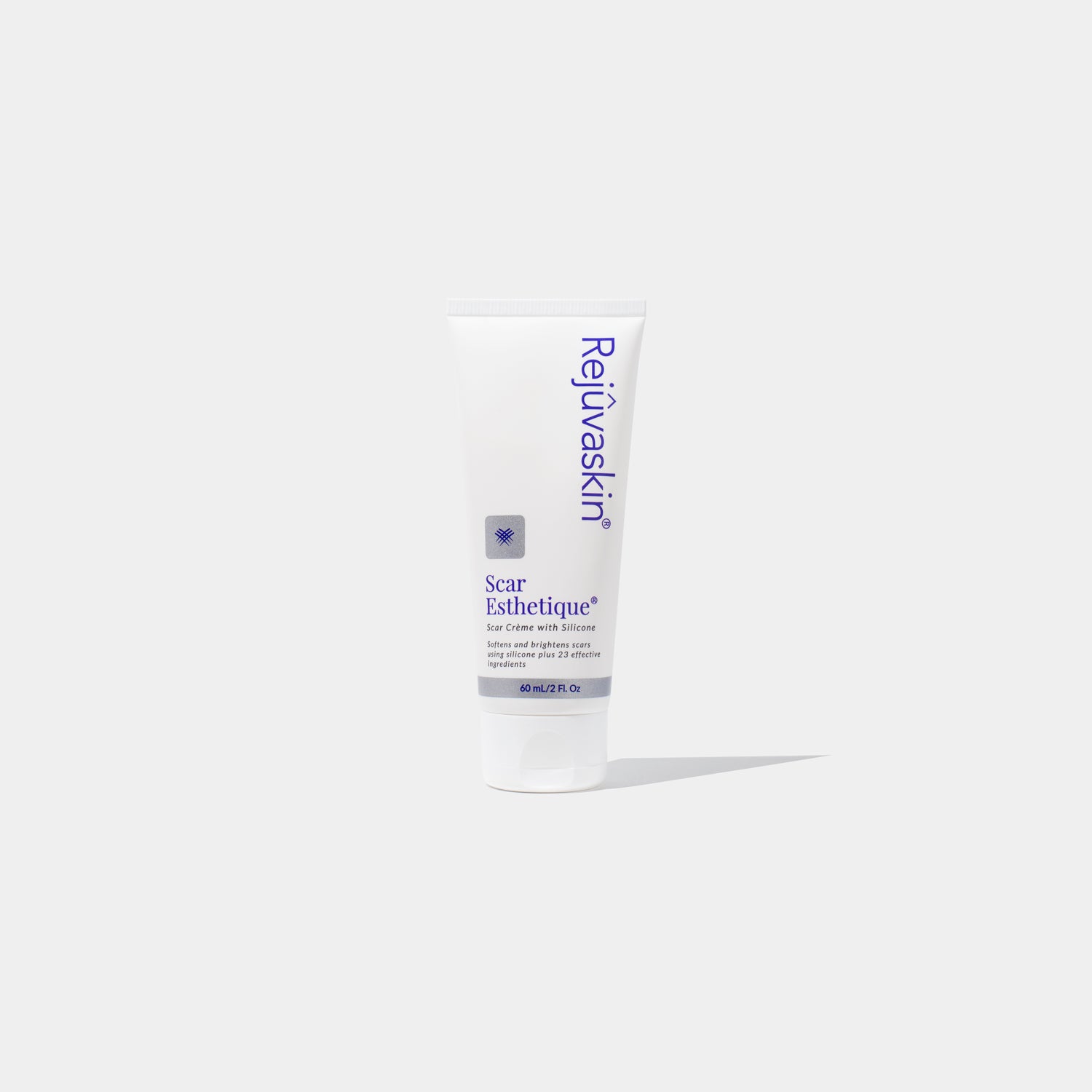
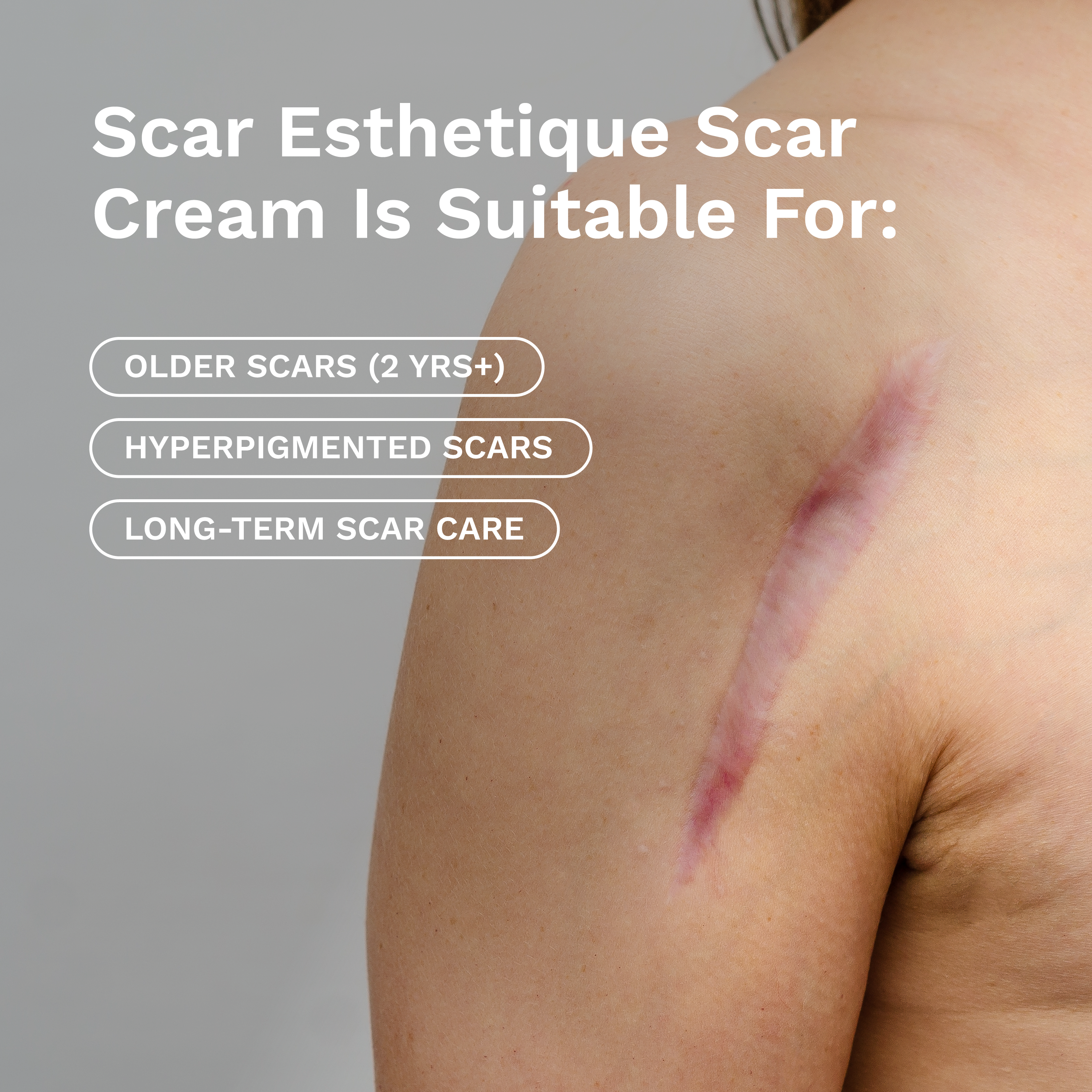








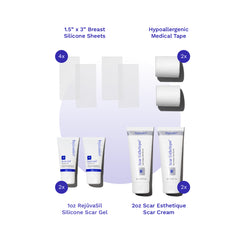
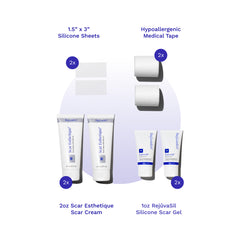



Leave a comment